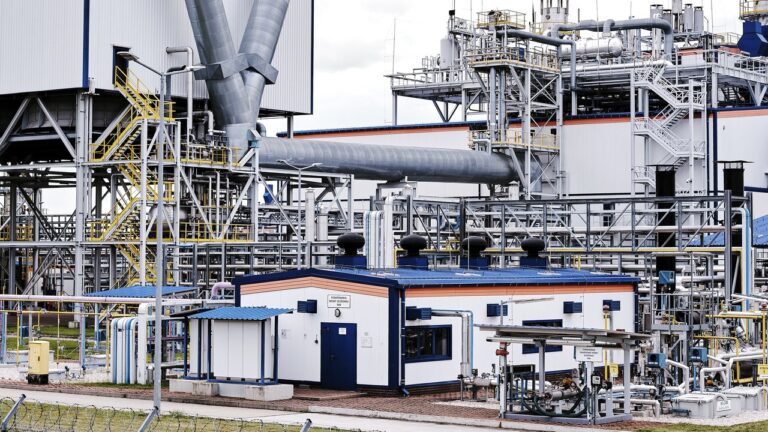[ad_1]
While the EU is trying to curb gas usage, it’s also frantically trying to fill up its gas reserves before winter hits. It has set a target of refilling storage to 80 percent of capacity by November 1, which it is on target to reach, although at a cost 10 times higher than the historical average. All of this means that the EU should be able to weather a winter of tight gas supplies, but in the long run it will need to find a way to reduce its reliance on Russian gas altogether.
Even if a cease-fire in Ukraine is negotiated, it’s unlikely that the EU will go back to sourcing so much of its gas from Russia. “It’s difficult to imagine that we’d be going back to the situation that we had prior to the invasion in Ukraine,” says Chyong. To plug these future gaps, the EU and its member states are negotiating new gas supply deals with Azerbaijan and Italy as well as increasing capacity to receive shipments of liquified natural gas from the US and Qatar. But these aren’t quick fixes—it will take years to ramp up gas supply from new countries.
In May the European Commission published its plan to end the EU’s dependence on Russian fossil fuels. The €210 billion ($213 billion) plan calls for a huge scaling-up of renewable energy generation, including a scheme to double installed solar panel capacity in the EU by 2025 and a doubling of the rate of heat pump installation. The EU currently has a target to produce 40 percent of its electricity from renewable sources by 2030, but the commission is proposing to increase that target to 45 percent. The plan also includes support for industries to replace gas with hydrogen, biogas, and biomethane to further reduce dependence on Russian fossil fuels.
“This crisis is a time when we ought to be doubling down on our transition to low-carbon energy,” says Jim Watson, professor of energy policy at University College London. Yet the commission’s plan to get away from Russian gas includes an extra €10 billion of investment in additional gas infrastructure. This might sound like a small sum, says Gladkykh, but it locks the EU into purchasing gas for years to come. “We need to be really careful that this does not create new dependencies that do not lead to net zero goals,” she says.
And in the medium term it may be that households are forced to reduce their energy intake—not because of government directives, but because the sheer cost of energy forces people to find ways to reduce their bills. Heat pumps are much more efficient than gas boilers at heating homes, but the high price of electricity reduces some of the cost-saving benefits. Gas prices are likely to stay high for a few years, says Kong, and that may be enough to push people to install heat pumps—at least for those who can afford them. Rising fuel prices could push half of UK households into fuel poverty by next year, according to one study. By 2030 the EU should have overturned its reliance on Russian gas for good, but getting there will mean several tough years of energy squeezes.
[ad_2]
Source link

